How did painting develop? René Magritte examined the ancient myths surrounding the origin of art and its purpose. We hunt for traces.
Her beloved had to go off to sea, so the young Corinthian woman sketched the silhouette of his profile on the wall. And it was thus, according to the legend by Roman scholar Pliny the Elder, that painting was born. Shadows as the origin of painting.
René Magritte saw himself as a painting philosopher: He worked intensely on painting and the myths of its development. This is evidenced in particular by those themes that arise time and again in his work: curtains, flames, shadows, caves. They point to legends and allegories that question the status of images and their relationship with reality. It is from this first origin myth that Magritte derived three prime elements of his pictorial vocabulary: candle, shadow and silhouette.
Dazzle and sensory confusion
The silhouette of the beloved is not the man himself, it is merely his semblance. Magritte plays with different elements of reality and conflates and interlaces them in a playful way. The most prominent example of this is of course “The Treachery of Images (This is not a pipe)” from 1929. Although the abovementioned themes do not appear here, Magritte distinctly clarifies the difference between perception, similarity and reality.

Caius Plinius Secundus. Lithograph by Dumont, Image via commons.wikimedia.org
Magritte examined Plato’s Allegory of the Cave in great detail. The allegory tells of people who live chained up in a cave and see only the shadows of objects cast on the wall of the cave by a fire located behind them. They know and see nothing of anything outside the cave, hence the captives perceive the shadows as the sole truth. If one of them were to be set free, he would be dazzled by the light and confused by all the sensory stimulation, and would therefore perceive nothing of the outside world as real aside from that which he knows: its shadows.
The shadow is the truth
Magritte tackles the Allegory of the Cave most strikingly in his work “La Condition humaine” (“The Human Condition”). Here the inhabitant of the cave seems to have already been freed, as he looks at the opening to a cave from the inside. The opening reveals a view of a landscape in the distance. In the middle of the opening, however, stands an easel on which there is a picture that appears to show the landscape behind it, or perhaps not. Right next to it burns a fire, another recurring motif. The painting is not a reflection of the world, but rather the imitation of a reality. The shadow – and thus the painting – is its own form of truth.

Magritte also uses the Allegory of the Cave as the basis for his own surrealist manifesto, with which he aimed to reform Surrealism, calling on the movement to “leave the cave”. It was this appeal, however, that soured his relationship with the writer and leading surrealist André Breton. Following on from this Magritte began his subsequent “Période vache”, in which he aimed to imitate the sensory effect that the residents of the cave would experience on leaving the cave and receiving their first sight of reality.
The Treachery of People
By far the most frequent theme found in Magritte’s oeuvre, however, is curtains. These in turn relate to another myth on the origin of painting, “Naturalis historia” by Pliny the Elder. One day the Greek artist Zeuxis painted a picture of grapes that looked so real that sparrows flew by and tried to pick the fruit. His painter colleague and rival Parrhosios saw it and asked Zeuxis to come to his studio to look at a painting. He urged Zeuxis to draw aside the curtain in front of the picture, but when he tried, he found that the curtain itself was a painting. Thus Zeuxis was forced to concede defeat to his rival, since he had succeeded in deceiving not merely an animal, but a human being.

Zeuxis and Parrhasios, Image via akg-images.co.uk
Magritte, in painting a curtain that is as realistic as a work of trompe l’oeil, on the one hand demonstrates his artistic skill. On the other, at the same time he places it in an ironic context, as he shows his illusionist effect, as, for example, in “Le soir qui tombe” (“Evening Falls”). Here we see a window that is, of course, flanked by curtains. The view from the window shows a landscape with sunset.
The truth in little pieces
Yet the glass from the window is partly broken and lies on the floor. In the shards of glass we can see fragments of the same landscape and sunset reflected. In this case the curtains serve only for the subtle reference to the myth. The glass shards look as if they could cut you, but at the same time you get the urge to pick them up and marvel at the sunset reflected on them. Magritte is a master of having the truth shatter into small pieces in order to reveal the many ways in which they could be put back together.

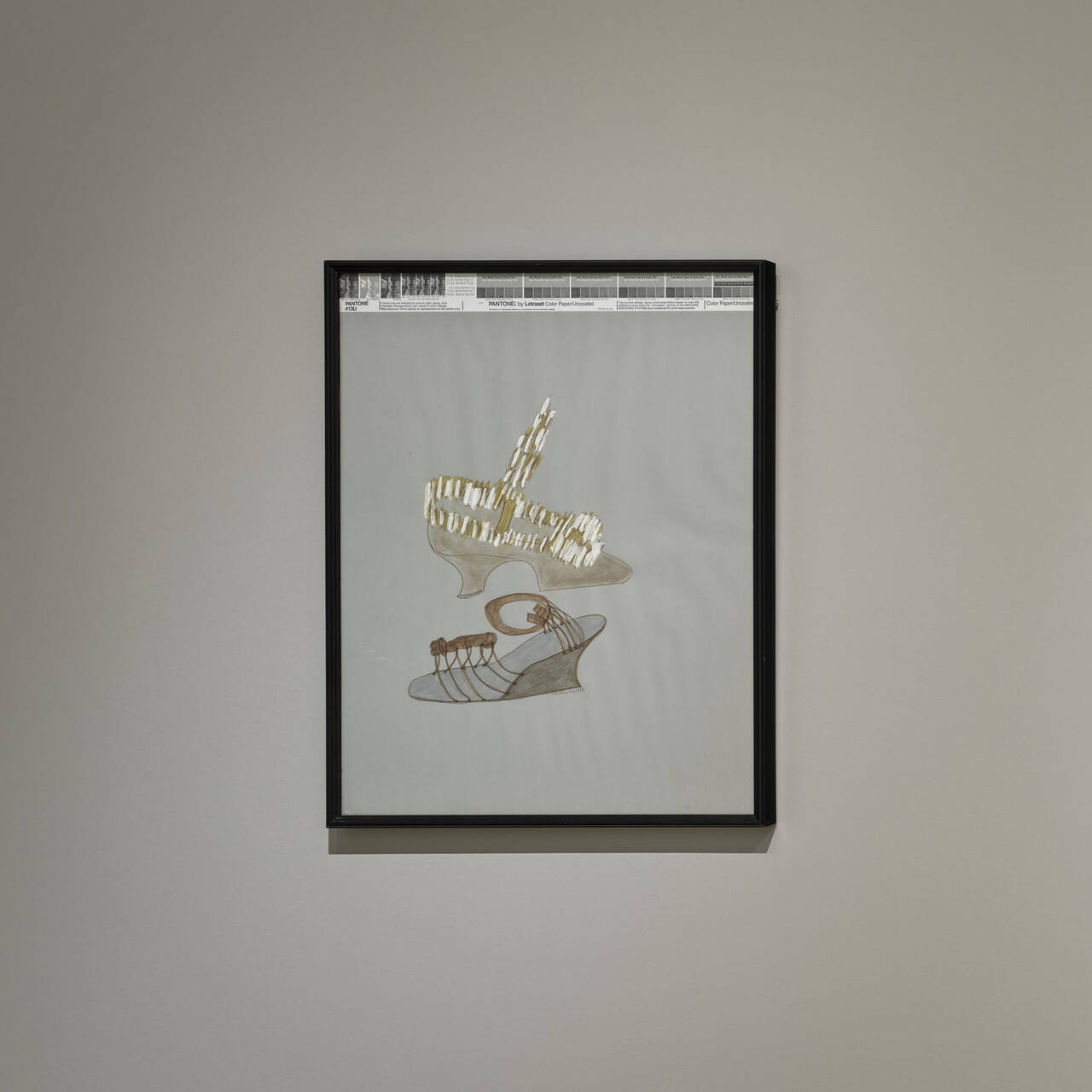
These boots are made for walking
Shoes are silent storytellers, revealing secrets about their wearer's personality, status and desires. No wonder, then, that artists like Carol Rama...
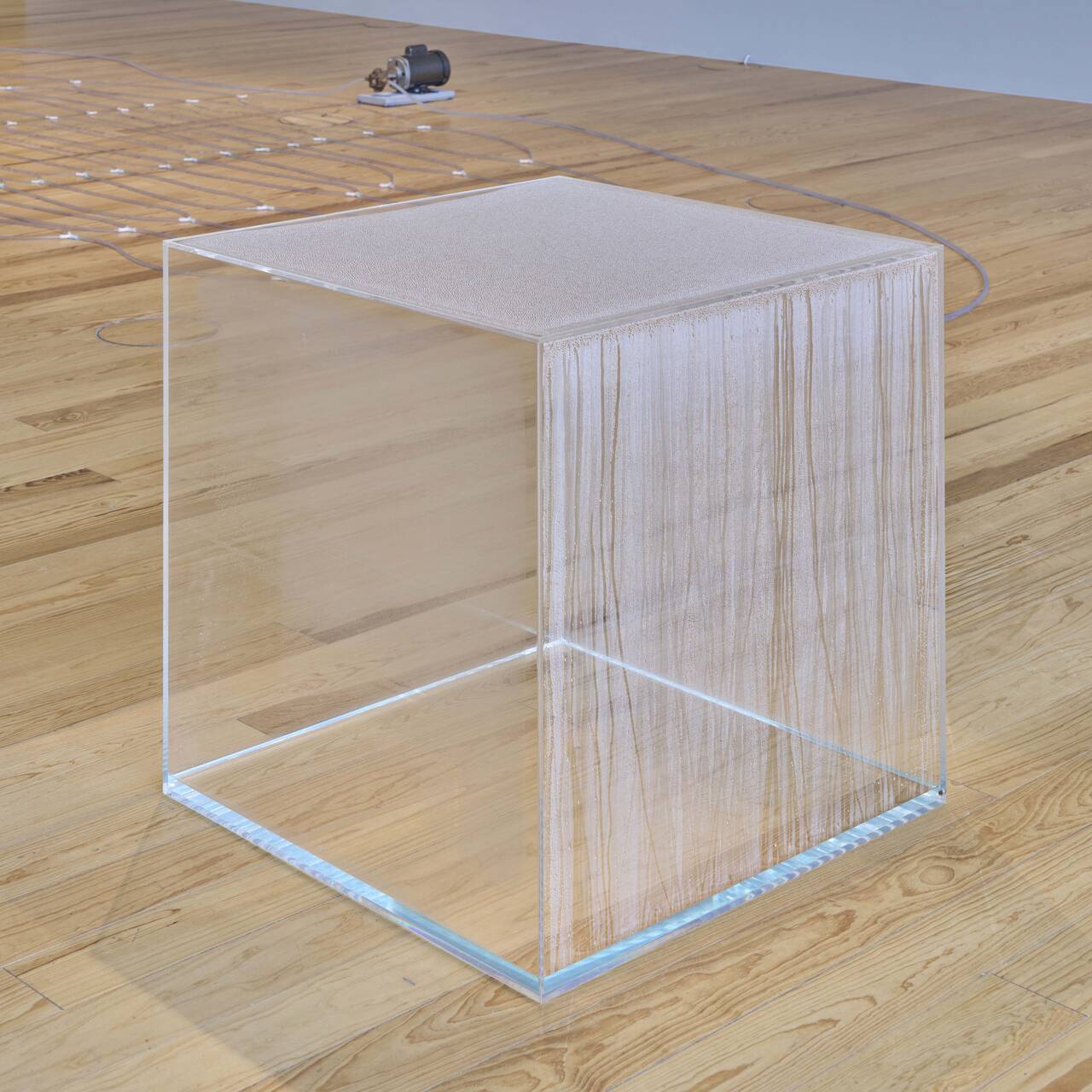
Seeing nature anew – through a cube
In his early work, HANS HAACKE addressed the relationship between art and nature as well as the social interest in the reciprocal relationship between...
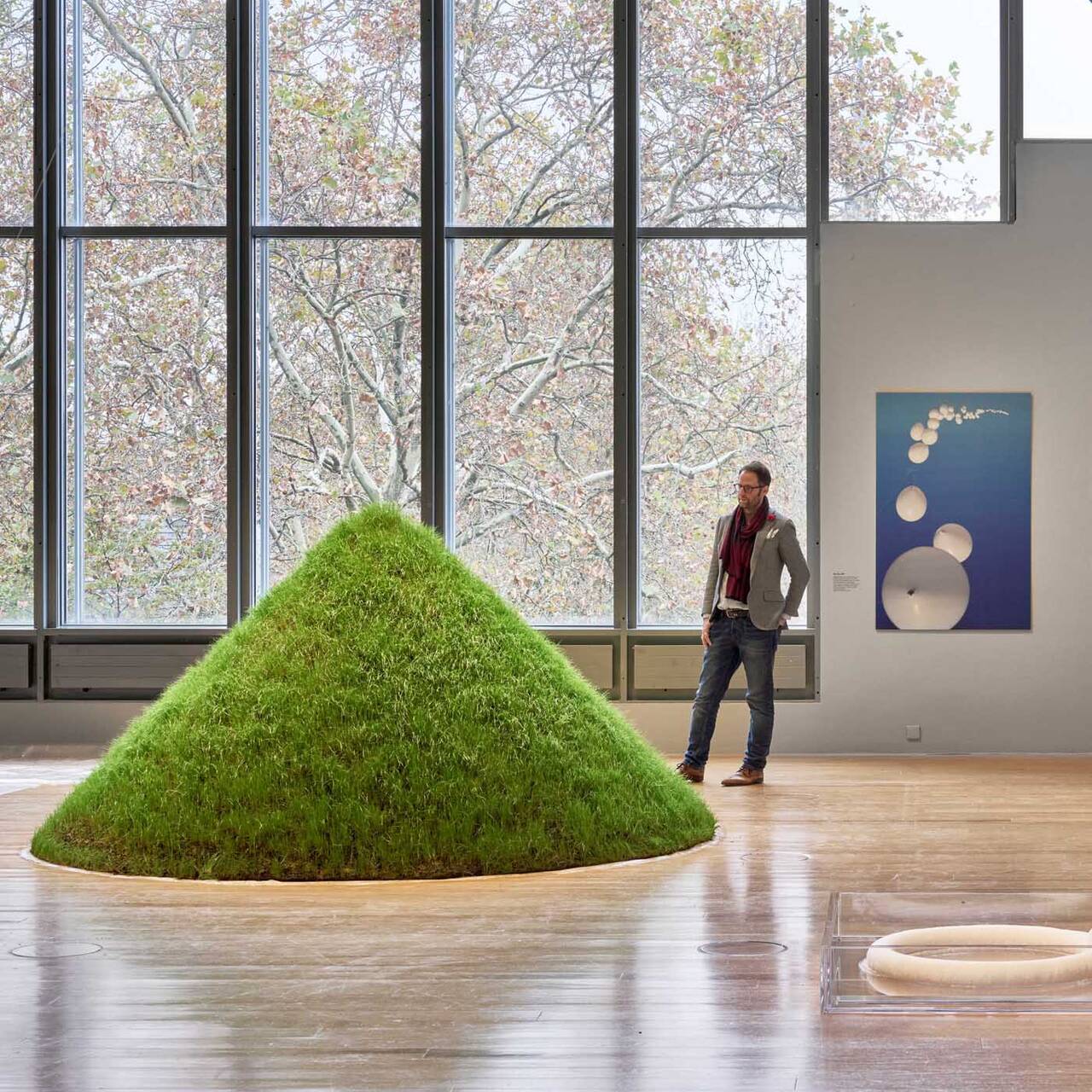
The film to the exhibition: Hans Haacke. Retrospective
A legend of institutional critique, an advocate of democracy, and an artist’s artist: The film accompanying the major retrospective at the SCHIRN...
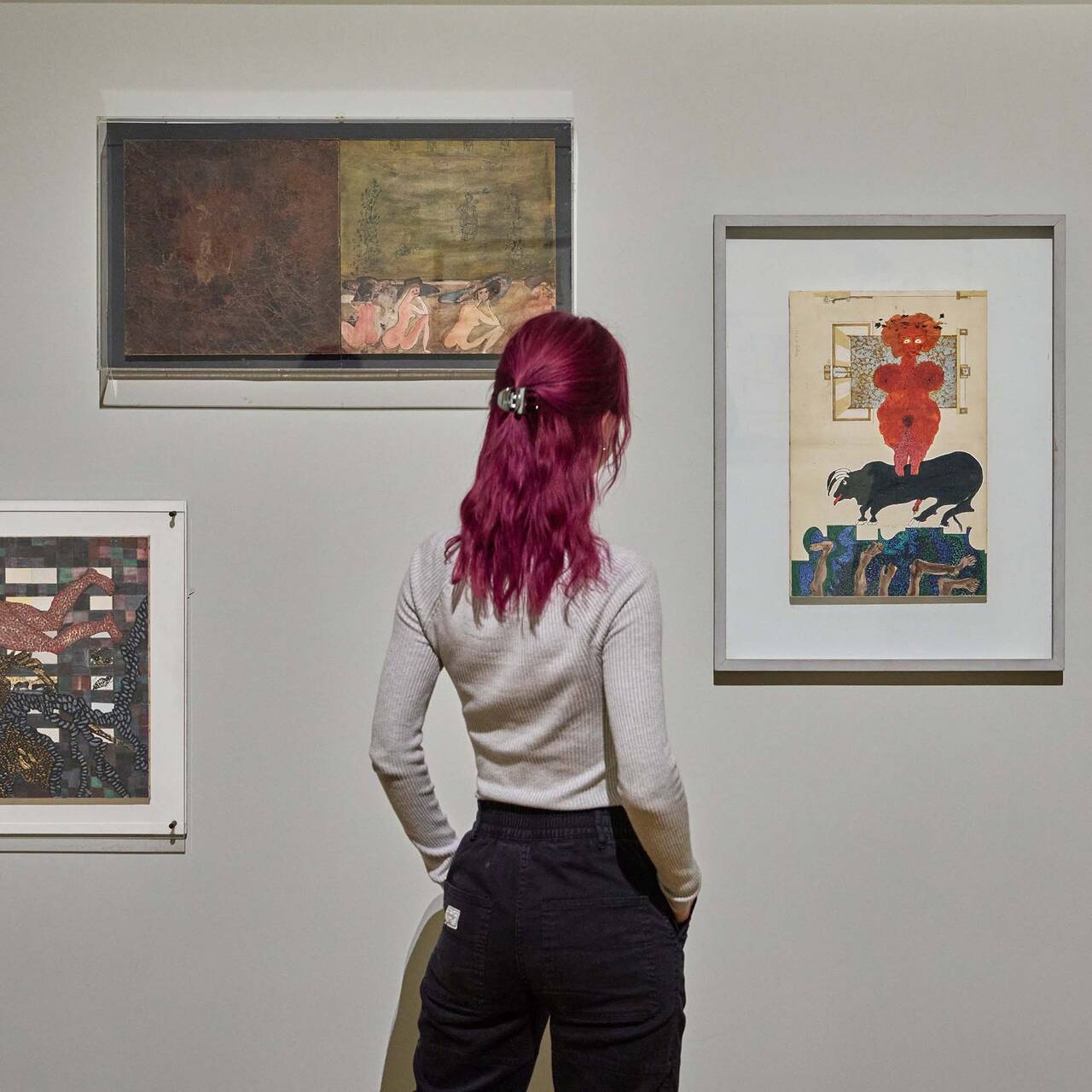
A new look at the artist – “L’altra metà dell’avanguardia 1910–1940”
With “L’altra metà dell’avanguardia 1910–1940”, in 1980 Lea Vergine curated an exhibition at the Palazzo Reale in Milan that was one of the first...
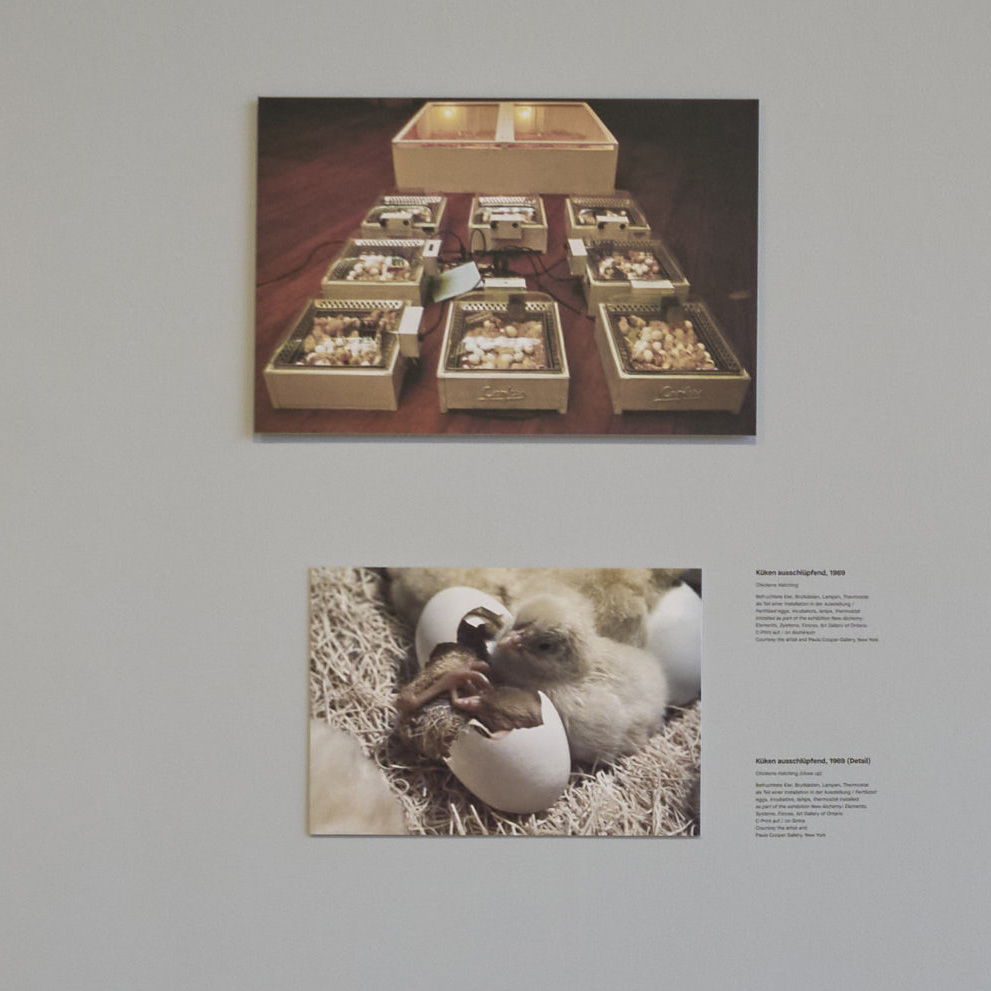
Non-human living sculptures by Hans Haacke and Pierre Huyghe
In his early work, HANS HAACKE already integrated animals and plants as co-actors into his art. In that way he not only laid the foundations for a...

CURATOR TALK. CAROL RAMA
SCHIRN curator Martina Weinhart talks to Christina Mundici, director of the Carol Rama Archive in Turin, editor of the first Catalogue Raisonné and...

Freedom costs peanuts
HANS HAACKE responded immediately in 1990 to the fall of the Berlin Wall and turned a watchtower into art.
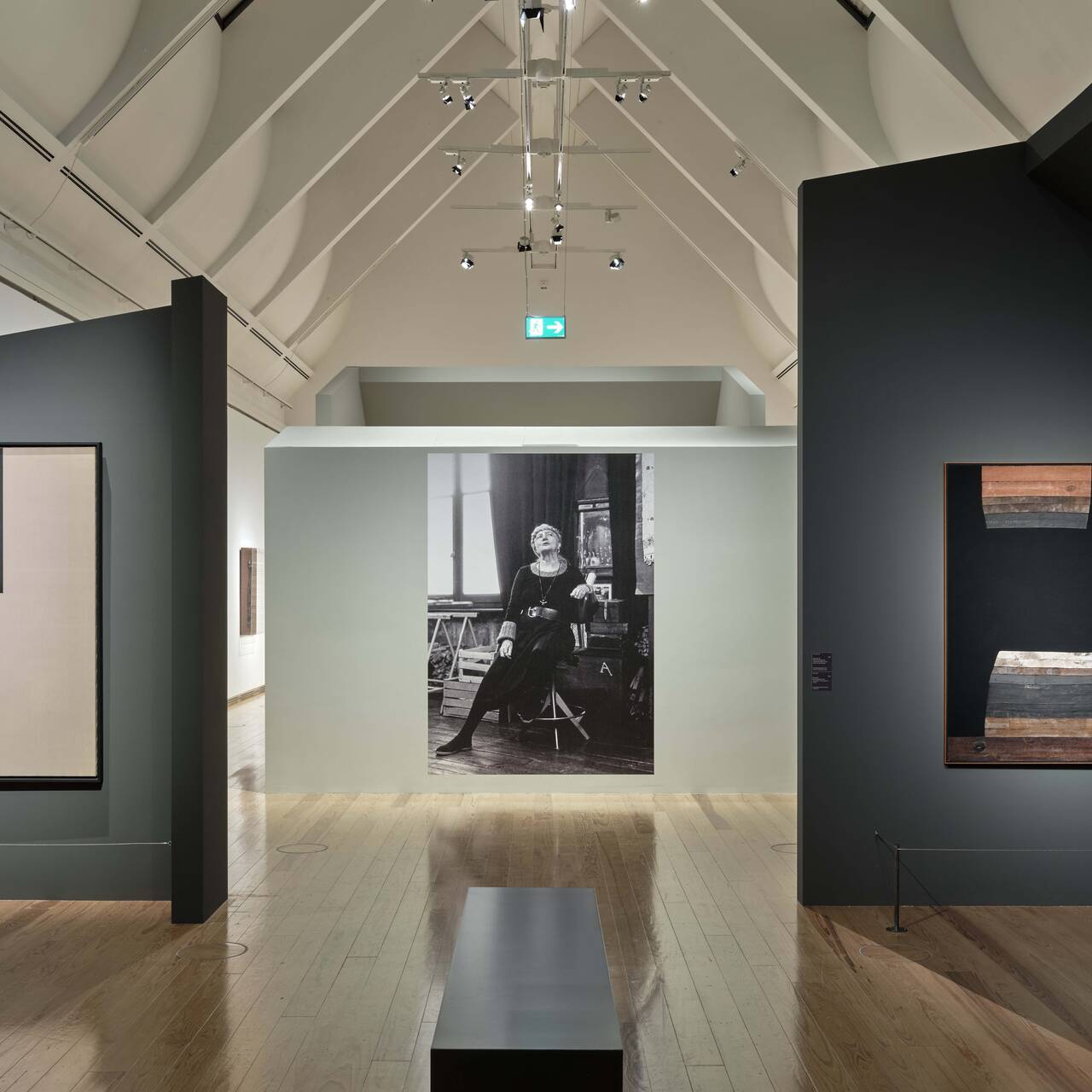
The film to the exhibition: CAROL RAMA. A REBEL OF MODERNITY
Radical, inventive, modern: The film accompanying the major retrospective at the SCHIRN provides insights into CAROL RAMA's work.

Now at the SCHIRN: Hans Haacke. Retrospective
A legend of institutional critique, an advocate of democracy, and an artist’s artist: the SCHIRN presents the groundbreaking work of the compelling...
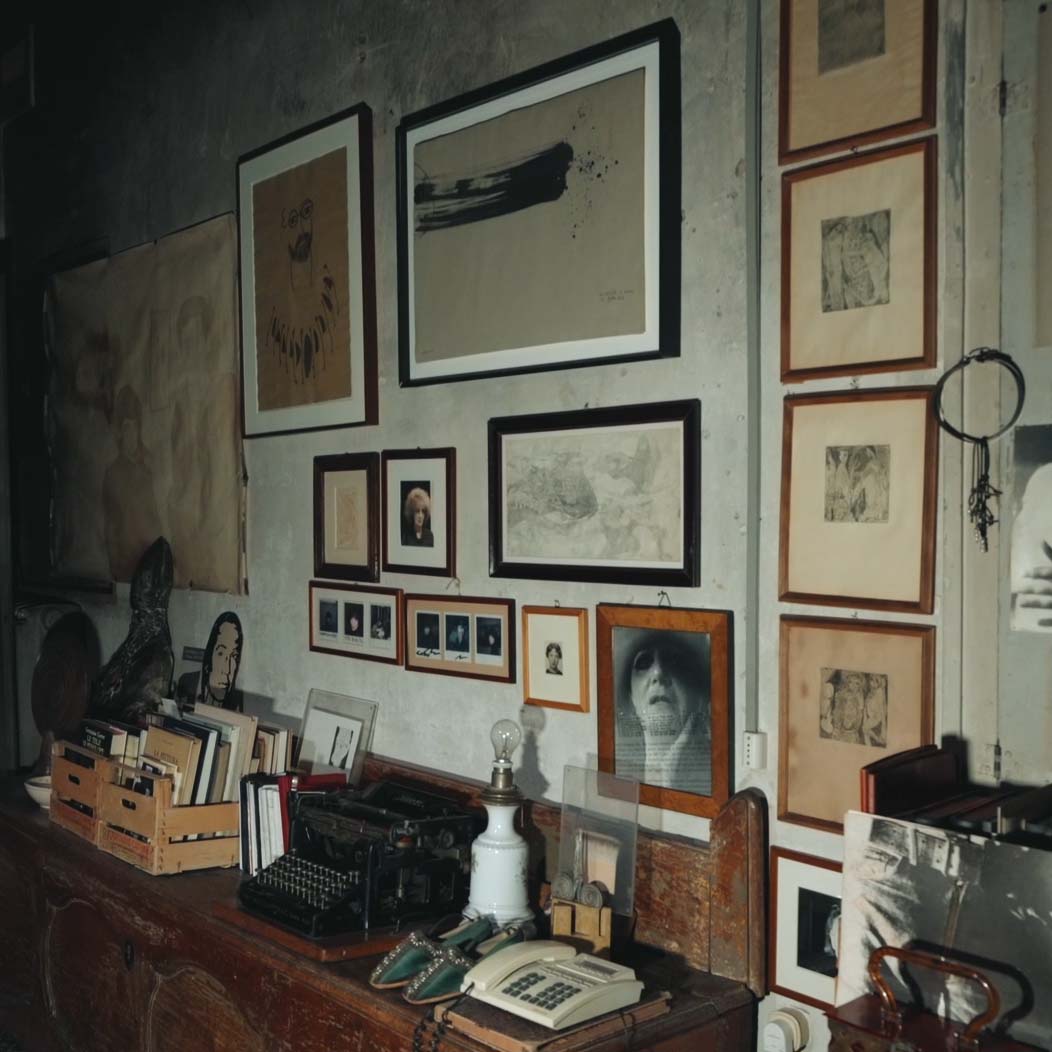
Carol Rama’s Studio: A nucleus of creativity
CAROL RAMA determinedly forged her own path through the art world. Her spectacularly staged studio in Turin was opened to the public only a few years...